There’s plenty of ways to game plan:
- Focus on your team
- Focus on the opponent
- Keep it simple and run only a handful of plays
- Have an answer for everything and run a lot of plays
- Everything in between
Well, what’s the best answer?
Andy Kotelnicki, offensive coordinator at the University of Buffalo has studied this at great length.
He believes it is a year round process that begins with understanding yourself as a team, and having a flexible system that does not hinder creativity.
In fact, he talks in his clinic about the different approaches he has taken in the past.
Whether it’s an “us” or them” focus, game planning fits into three models:
- “Less is more” model: best suited to teams with great talent and depth. They have less volume in their playbook which leads to more offensive production. Sometimes this model lacks answers.
- “An answer for everything” model: teams that do not have as much talent may feel they need more plays. This model can detract from performance and execution because of the volume burden on players.
Doing both of those with inconsistent results, then studying game planning in depth, Kotelnicki turned to the third option.
- “The inverted U” model (pictured below): the “art and science” of coaching. Having enough to prepare the answers needed to attack a defense, but not too much as to hinder execution.
He also had an “aha” moment:
“You gotta make football finite” – it was an “aha” moment for Kotelnick in realizing that he only has so many reps available in practice. It starts with understanding “how much” you really have available to you.
What the Bulls start with is quantifying their week. Minutes = reps. How much:
- 11 on 11 reps
- Skelly
- Inside
- 1st team, 2nd team, 3rd team reps
- Meeting time
- Walk thru time
Like in the classroom, you need to know how much time you have to teach the subject.
These define what you will be able to work on and have ready for a game. You only have those reps, so you must use them wisely.
Kotelnicki covers all the details of how they break this down yearly and by week to understand exactly what they need for every situation and how they will be able to get the maximum out of their execution on game day.
This is an exercise that every coordinator should do regardless of whether he coordinates the offense, defense, or special teams.
The process starts with really studying your past season. How much did you use? What did you need to cover certain situations? This helps you understand how much you really need to prepare. Kotelnicki learned from Brian Billick’s tried and true process for figuring this out.
This video from Billick, though old, is worth its weight in gold.
Learn the specifics in Kotelnicki’s clinic “Developing an Offensive Game Plan.”
Structuring a game plan and using technology to make the work flow more efficient was the plan behind The Coaches Edge Game Planning System. It provides a template for your game plan and scripts your weekly practices for you. Get it here. Billick’s template was utilized in designing it.

Listen to Kotelnicki on Coach and Coordinator Podcast:


